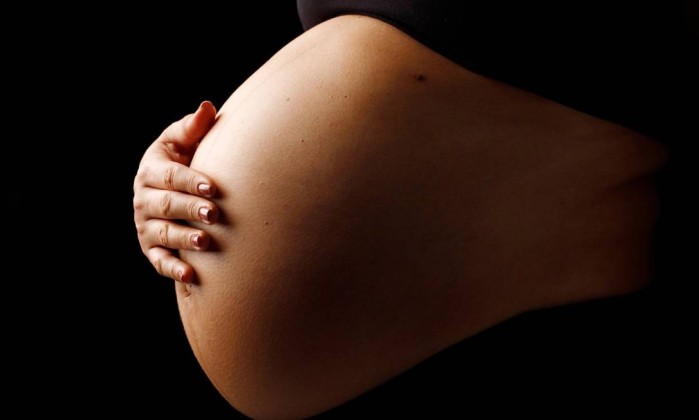How To Check Your Own Cervix to Know if You are Dilating

Sometimes, the complicated ways in which medical personnel refer to a woman’s cervix gives most people the assumption that no woman has ever or would ever put her finger in her own vagina to check for dilation.
This article by Babble however stands to differ. It’s not only safe to check your own cervix during the early stages of labor, you are also more to notice any changes such as the softening of the cervix, dilating or opening. Medically, this isn’t necessary for you to do your self, however, as long as the amniotic sac hasn’t ruptured there’s no medical reason not to do it or have it up your sleeve to do.
Canadian midwife Gloria Lemay says:
“I think it’s a good and empowering thing for a woman to check her own cervix for dilation. This is not rocket science, and you hardly need a medical degree or years of training to do it. Your vagina is a lot like your nose — other people may do harm if they put fingers or instruments up there, but you have a greater sensitivity and will not do yourself any harm.”
Tips on how to check
1. Where is it?
The cervix is found at the opening of the uterus and it sits at the top of the vagina. During pregnancy, it feels like the tip of your nose. When labor commences, it becomes softer and swollen, like pouted lips. Eventually it becomes so soft and so thin that it is not felt anymore.
2. What does it feel like?
During pregnancy the cervix is high, long, and firm. As labor gets closer, it sort of falls down and becomes softer and shorter. Most women can’t feel their cervix during pregnancy, however when labor is very very close, all women can reach it. You can try sitting on the toilet with one foot up on the seat to see if that might helps you reach it. Some women also ask their partners to try checking the cervix and find that it may be easier.
3. How can you tell if it’s dilating?
During labor, the basic function of those painful contractions are to open up the cervix. They tighten the womb muscle and pull that tight, closed cervix open, and it opens until it’s all the way open at about 10 centimeters. This is called Dilating. Sometimes women are one, two, three, or even more centimeters dilated before labor even starts. When the cervix is open a few centimeters, you can easily slip your finger into the opening. You will find that it feels like putting your finger between soft, puckered lips. If you do this, it is believed that the baby’s head can be felt, safely encased in the amniotic sac. When the cervix is entirely opened and you’re pushing or close to pushing, you can really feel the head.
4. Is it risky to check?
Once the amniotic sac has ruptured, which is bound to happen at some point during labor at some point, it means there is risk of bacteria getting in there and causing infection. It is very unlikely that this can happen, but it is advisable to do self-exams delicately at this point.
5. Is it useful to check it?
Checking your cervix before labor to see if there is any dilation, doesn’t have much bearing on how soon or easy labor will be. You could be 40% effaced with a cervix that is 2 cm dilated and have a very difficult labor compared to the woman whose cervix is sealed tight and not dilated at all. Still, knowing your body and being aware of changes is something you might be interested in.



Thanks MIM
Interesting…..educative……#Idonlearnsomething. Thanks MIM
Thanks for sharing MIM.
thanx for sharing